Veld management refers to the management of natural vegetation for specific objectives related to different forms of land use. The objective of veld management is the sustained production of livestock products through the maintenance of the veld in a stable and productive condition.
Veld management comprises of three components – veld management practices, systems and layout. Different camp layout systems can be used and different rotational grazing systems can be used. Various researchers have different ideas about the correct grazing system. The farmer must establish the best system for his farm and stick to it. The best system will be the one that ensures maximum animal production without detrimental effects on the natural grazing
A Veld management practice is a formal program through which veld management practices are applied and refer to the number of camps allocated to a group of animals and includes the following valid actions:
- Stocking rate
- Animal ratio
- Rotational grazing
- Rotational resting and
- Burning of veld
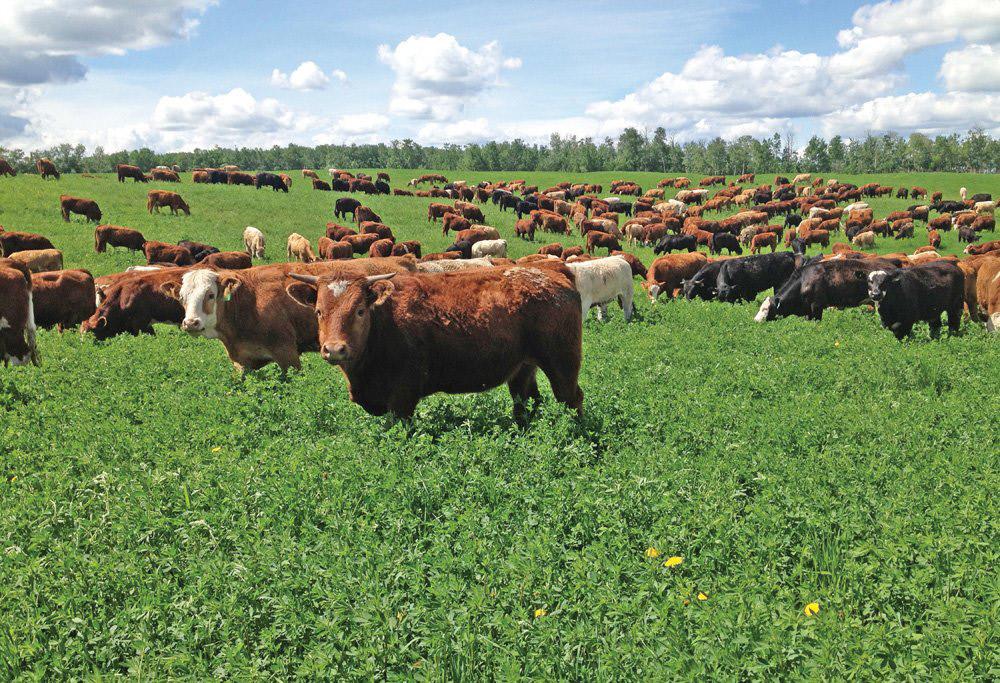
A layout is the arrangement of the different camps in the veld management system. These layouts can either be in a conventional arrangement or in a wagon wheel arrangement. A conventional layout is where the veld is divided into homogeneous vegetation units from where a multi camp system is formed with four, six or eight camps. Each camp is normally provided with drinking thoughts. Two or four camps can also share a drinking trough.
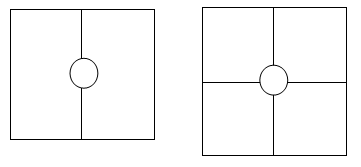
Traditional camp layout
Wagon Wheel Camp Layout System
The wagon wheel layout is designed where there is a central hub where drinking a trough and handling facilities can be housed. The rest of the camps in this multi-camp system are formed around the hub.
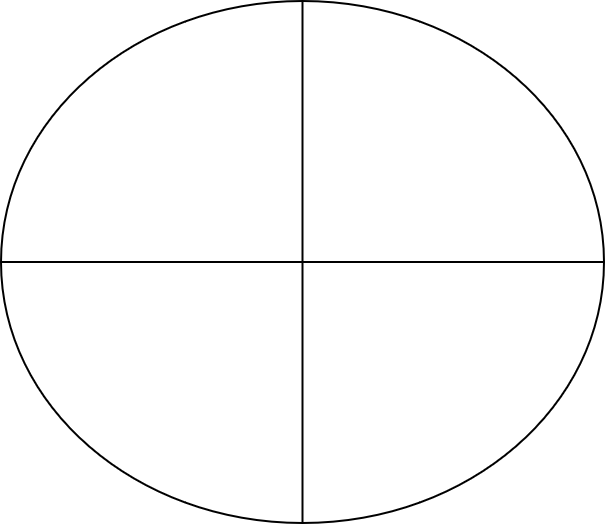
Wagon wheel layout
The advantages of the wagon wheel system are:
- The ease with which livestock and veld can be managed by just opening and closing of gates.
- Reduce the cost of infrastructure such as water points
- Animals can be collected at a central point
- Saving in labour costs for the collection and working with the animals
The disadvantages of this system are:
- Greater possibility for area selection by the livestock as vegetative types are not separated.
- Suitable for flat areas only
- It can contribute to soil erosion with the animals’ footpaths
- The wagon wheel system requires more fencing
The advantages of the wagon wheel and the conventional systems can be combined to obtain maximum benefit e.g. minimum input costs - fencing, water provision (reservoirs, boreholes and pipelines) etc.
Monitoring of Management Practice
Rotational grazing and resting are management practices that can be used to improve the quality of veld. Rotational grazing - animals are rotated between the different camps at pre-determined intervals enabling a camp to ‘recover’ while the next camp is utilised, thus preventing the simultaneously grazing of the whole veld. The main objective of veld rotation is the improvement or maintenance of the veld condition.
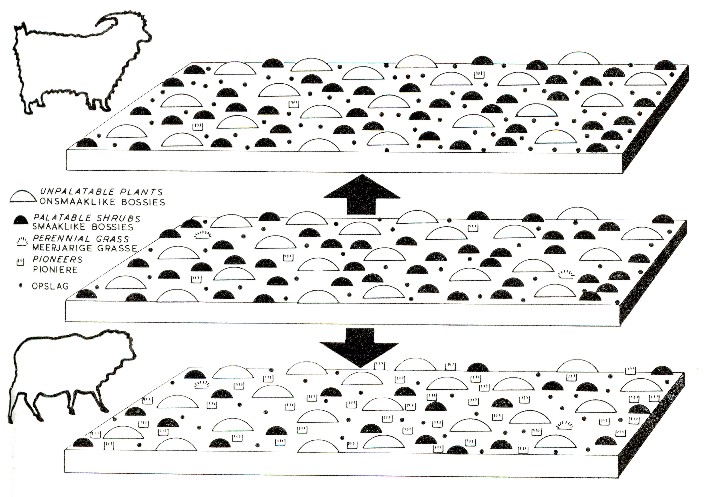
Two forms of rotational grazing can be used:
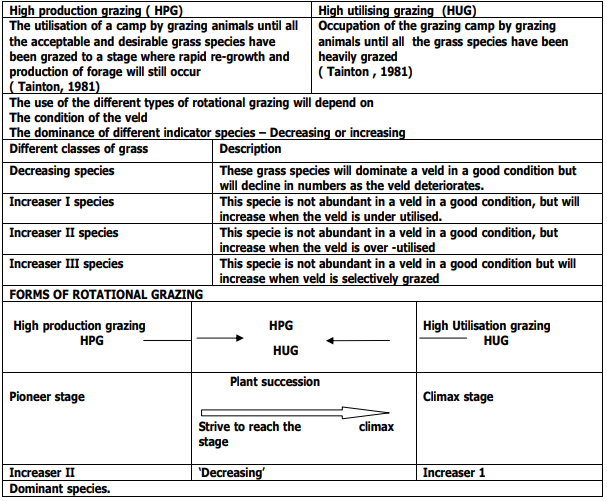
Rotational Resting
Rotational resting is the successive withdrawal of grazing from a veld for a period of time on a rotational basis for a specific purpose.
The aims of rotational resting are:
- Allow the grass to form seed
- Restoration of plant vigour
- Allow a plant to provide fodder reserves for the winter – standing hay.
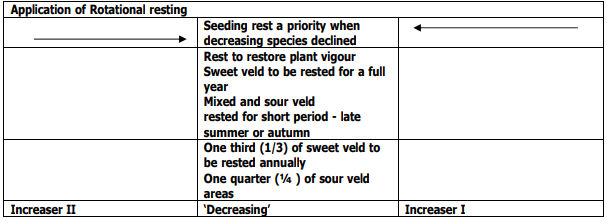
Burning of Veld
Burning the veld is an important and often essential veld management tool in both livestock and came farming. The season in which the veld is burnt is the most important factor to be considered in a burning program
Veld is burnt to:
- Remove the unacceptable grass and unused material
- To eradicate or prevent bush encroachment
- The following need to be taken into account when burning a veld:
- Type of fire
- Surface fires
- Head fires burn with the wind. Head fires are recommended as they cause less damage to plants and trees.
- Backfires that burn against the wind
- Fire intensity - Do not burn if the wind speed exceeds 20 km/h - cool fire, with low-intensity fires that can be used to remove excess material or unwanted material, burning should take place when the air temp is lower than 20ºC
- Season of burning: Veld should be burned during the last part of winter when the grass is dormant or the beginning of spring, just before the first spring rains starts to fall.
- Frequency of burning. On sour veld, the frequency of burning should be every 2 – 4 years, depending on the quantity of unused plant material
- Post-fire grazing management. Grass must have sufficient time to recover; therefore only short grazing periods (one week) are allowed in a rotational program.